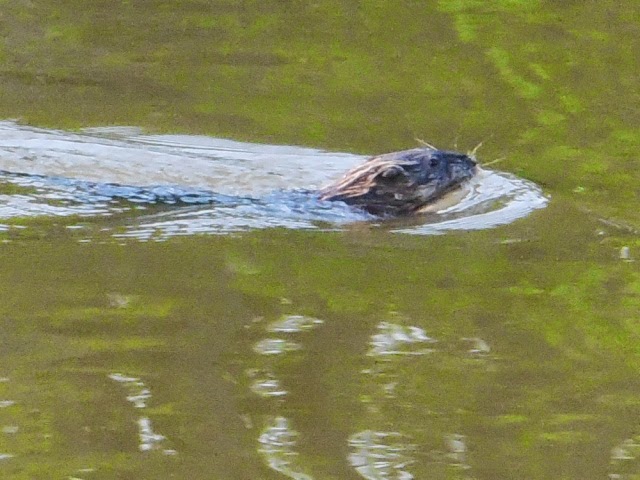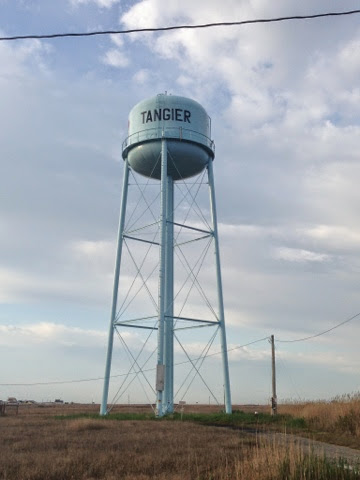I've obviously been delinquent on updating the blog. We arrived in Castine on Sunday May 25 and have since unloaded supplies from Spray and are now comfortable in our home, with a real bed and shower. That's Spray above, back at her Hatch Cove mooring. She sure did well by us over the past 8+ months.
Backing up to the last blog entry of Wednesday 5/22, we had a somewhat rolly night at a town mooring at Kittery Point Maine, as the mooring field there is open to the east and small swells from the ocean seemed timed to match Spray's natural roll frequency.
We walked the dogs up Exchange Street for a visit with our friends at ORPC, and then later joined a few of them for drinks here and dinner here.
On Friday we dallied in Portland some and left the marina at 11 am for a quick 5 mile run to Handy Boat in Falmouth, where we met with ex-Castiner Mary B. for an enjoyable visit. Then in the afternoon we snaked out between the islands of Casco Bay, headed to Boothbay Harbor. Eventually we were out in the ocean headed straight east into an uncomfortable chop so we decided to stop before Boothbay, finding a cove in the lee of Cape Small where we anchored off a sandy beach for the night.
Saturday we rounded Cape Small, crossed the mouths of the Kennebeck and Sheepscot rivers, then past Boothbay and across Muscongus Bay (where we saw some puffins!), to end up in familiar Tenants Harbor, where we grabbed a rental mooring. Even though this was Memorial Day weekend, it was still very pre-season here. We had hoped for a nice supper at the East Wind Inn, but they weren't open yet so we ended up at the Happy Clam, which worked out great as we could bring the dogs to their deck and they had good food and beer.
We liked the Happy Clam enough to return for Sunday breakfast, again with the dogs, and it was sunny and warm on the deck which was great.
[Sidebar about the weather - as noted in the last blog entry we arrived in Kittery Point with sunny weather but a couple hours later the fog rolled in and the temperature dropped into the 50s. Well it wasn't until this Sunday morning that we again saw the sun and decent temperatures. Maine had given us a cold welcome weatherwise. In fact on Saturday's cruise we had started out on the flying bridge and eventually had been driven down to the salon not by rain but by the cold.]
This killed enough time so we could then head to our mooring and row ashore. We were home!
But not exactly. The water was turned off at the house and we needed the town water dept. to come and reconnect us, and it was Sunday of a holiday weekend. So we actually slept the next 2 nights aboard Spray and spent the days on shore, getting the foot-long grass cut, making the scene at the Bakehouse, visiting with friends, and getting the cars jump-started (Toyota was fine, Miata's battery was kaput).
Tuesday morning was exciting as we had the water turned on, found that the pipes didn't burst, and soon had hot water for showers. Tuesday night we finally slept in our bed. Since then we've been slowly working through a list of tasks such as unloading food, clothing, etc. from Spray, restocking the kitchen, sprucing up the yard (more to do there), buying new Miata battery, and so on. We aren't yet fully back in the groove as landlubbers, maybe we're still a bit at sea, but we'll get there.
I plan a few more entries to this blog. First will be a quick summary of the cruise with some statistics and overall thoughts, then I'll do entries for any cruising we do this summer, so please stay tuned!








































